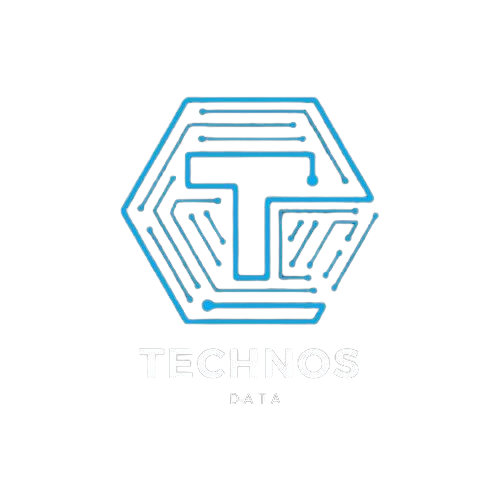Have you ever glanced at your phone’s signal indicator and seen a mysterious “E” displayed instead of the usual bars? If you’re a T-Mobile customer, that likely means you’re connected to their EDGE network. But what exactly is TMobile EDGE, and how does it differ from the faster connections we’re used to today? This comprehensive guide will delve into the world of EDGE, explaining its purpose, limitations, and how it compares to more modern technologies.
A Glimpse into Mobile Network Generations
Before diving into EDGE specifically, let’s take a quick detour to understand the different generations of mobile networks, often referred to as “G”s. Each generation represents a significant leap in technology, offering faster data speeds, improved capacity, and new features. Here’s a simplified breakdown:
- 1G (First Generation): The OG of mobile networks, launched in the 1980s. It primarily focused on voice calls, offering limited data capabilities.
- 2G (Second Generation): Introduced in the 1990s, 2G brought SMS texting to the table and improved voice call quality. EDGE, which we’ll discuss in detail, falls under this generation.
- 3G (Third Generation): This revolution in the late 1990s enabled basic internet access on mobile devices, paving the way for web browsing and email on the go.
- 4G (Fourth Generation): Launched in the mid-2000s, 4G, also known as LTE, significantly boosted data speeds, allowing for smoother video streaming and faster downloads.
- 5G (Fifth Generation): The current cutting-edge technology offers blazing-fast data speeds, ultra-low latency, and the potential to power the next generation of connected devices.
Demystifying T-Mobile EDGE
Now that we’ve established the mobile network hierarchy, let’s get back to the “E” on your phone. T-Mobile EDGE stands for Enhanced Data Rates for GSM Evolution. It’s essentially an upgrade to the standard 2G GSM network, offering slightly faster data transfer speeds compared to its predecessor. Think of it as a bridge between the slower 2G and the faster 3G networks.
Here are some key things to remember about T-Mobile EDGE:
- Data Speeds: While a significant improvement over basic 2G, EDGE boasts theoretical maximum speeds of up to 384 kbps (kilobits per second). This pales in comparison to today’s 4G LTE networks, which can reach speeds in the tens of megabits per second (Mbps), and even further behind the potential of 5G.
- Limited Functionality: Forget about streaming videos or downloading large files on EDGE. Its slow speeds are more suited for basic tasks like sending emails with minimal attachments, browsing text-heavy websites, or using basic messaging apps.
- Legacy Technology: T-Mobile, like most carriers, is phasing out its 2G network, including EDGE. This means you’re less likely to encounter EDGE connectivity as time progresses.
What Does “T-Mobile EDGE Mean” for You Today?
If you see the “E” on your phone, it doesn’t necessarily mean there’s something wrong with your device or service. It simply indicates you’re connected to the slowest available network. Here’s what it might mean for you:
- Limited Internet Access: Basic web browsing, text-based messaging, and checking emails with minimal attachments might be manageable, but anything more data-intensive will be frustratingly slow.
- Spotty Coverage: Carriers prioritize newer, more efficient networks like 4G and 5G. EDGE coverage might be limited, especially in remote areas or inside buildings.
- Outdated Phone: If you’re consistently stuck on EDGE, your phone might be an older model incompatible with newer network technologies.
Why Does T-Mobile Still Have EDGE?
A valid question! While it might seem counterintuitive for a major carrier to keep an outdated network like EDGE, there are a couple of reasons:
- Supporting Legacy Devices: Some older, basic phones still rely on 2G networks for voice calls and SMS. Maintaining a minimal 2G infrastructure ensures these devices remain functional.
- Gradual Sunset: Phasing out a network entirely takes time and planning. Carriers need to ensure a smooth transition for customers and avoid service disruptions, especially for those with older devices.

